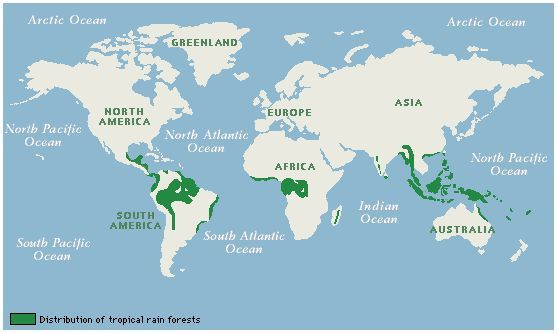Rapid Fire
Tropical Rainforests can Survive Global Warming
- 20 Nov 2024
- 2 min read
A recent study by IIT Kharagpur reveals tropical rainforests' potential resilience to global warming.
- The study examined fossilised tropical rainforests from Gujarat's Vastan coal mines, dating back 56 million years to the Palaeocene-Eocene Thermal Maximum (PETM), an era of extreme global warming.
- The coal layers in Vastan are fossilised tropical rainforests with rich plant, pollen, mammal, and insect remains from the PETM era when India was a tropical island with high CO₂ levels.
- PETM, a short interval of maximum temperature lasting approximately 100,000 years during the late Paleocene and early Eocene epochs (roughly 55 million years ago).
- Despite high atmospheric CO₂ during the PETM, tropical rainforests not only survived but diversified, likely sustained by "rainfall-buffered temperature"
- Rainfall-Buffered Temperature: Increased rainfall during warming periods likely lowered temperatures, sustaining the rainforests.
- Rainforest: A rainforest is an area densely populated with tall, mostly evergreen trees (e.g Amazon and Western Ghats) and receives substantial rainfall.
- They are primarily situated between tropics (Cancer and Capricorn). These rainforests are found in Central and South America, western and central Africa, western India, Southeast Asia, the island of New Guinea, and Australia.





